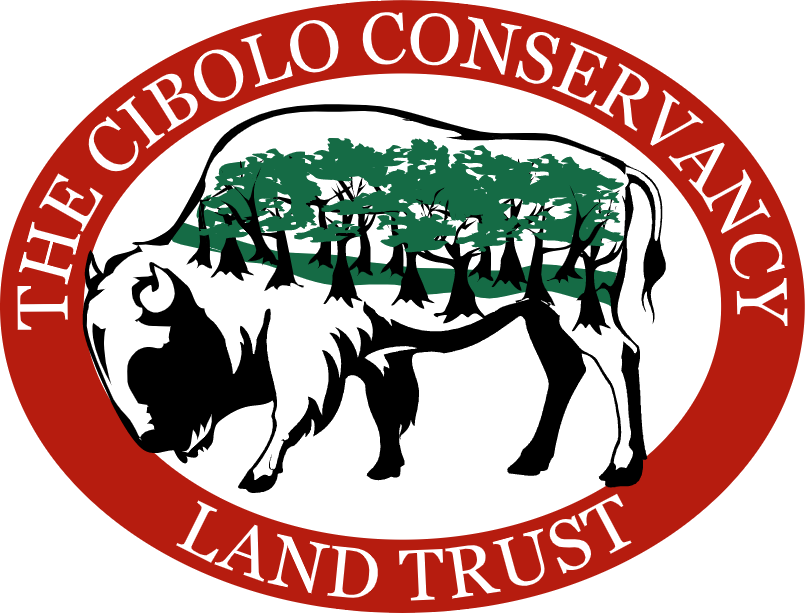— By David Davidson —

When we bought the 138 acres just west of Kendalia in 1996, we thought restoration would require removal of the juniper barrens caused by at least 50 years of intensive cattle ranching, but at least some soil remained. It took many years to reduce the coverage of juniper, but the biggest problem has been restoration of grasslands from invasive KR bluestem to native grasses and forbs, together with mitigating incursions of Johnson grass, Musk thistles, Chinaberry trees, Malta star thistles, and Axis deer. The carrying capacity is so limited by overpopulation of White-tailed and Axis deer that no domestic cattle have been allowed on the site since the beginning. Hunting has helped control deer, but the supply from the area seems endless. Over he past 22 years, my wife and I have hand-cut about 200,000 next generation Junipers in areas originally cleared.
To determine what we might plant to increase flowering and berry-setting vegetation to attract pollinators and birds, a half acre exclosure was established surrounded by deer-proof fencing. That area is drip irrigated by a rainwater collection and distribution system. Despite this effort, not many natives that we have tried planting have survived the low temperatures of winter (~ 15 deg F) and long periods of drought. After about 10 years without cows and goats, the oak trees began to regenerate again, and there is general improvement in habitat as observed by increasing bird and butterfly observations. The legacy of prior use has been hard to overcome. Restoration is so slow as to be a generational process. This site has had wildlife exemption since 1996 and is now conservation easement protected as the “Wild Mercury Preserve, ” due to the more than 600 rare Argythamnia aphoroides found there.
Conversion to native grasses and forbs has been time consuming and expensive. Initial experiments to kill KR using glyphosate in the Spring and Summer were unsuccessful. With Kelly Lyons and Trinity University students, small plots were burned and reseeded until a controlled burn of 90 ac. during KR maximum seed production (October) was accomplished by a Nature Conservancy burn crew trained to federal standards. At least 10 piles of juniper were burned also. This event provided a chance to reseed plots and burn scars with native grasses and forbs. About the same time, we began experimenting with solarization as a means of killing KR prior to reseeding. To date we have solarized and reseeded 8 plots. But were these efforts to restore native grasses successful? Being a scientist, I just had to find a metric for all this effort, and finally I discovered that biodiversity could be measured using PLFA (Phospholipid Fatty Acid) analysis of soils. Measurements have shown that most of the solarized and 15 burn scar plots have been successfully restored, although grass and forb succession will continue for many years, and some KR incursion has occurred in the burn scars not restored until 5-7 years after formation.
Several years ago, Mitch Greer, student at OK State, determined that KR suppressed seed germination and stunted growth of native bluestems. About this time it became possible to use molecular methods, specifically RNA markers, to identify soil bacteria and fungi, and since 2015, we have used this assay on soils from both KR and restored areas and now believe that the the allelopathic characteristic of KR is caused by association with one or more pathogenic fungi (most likely colletotrichum), but this is still a work in progress. Soil heating by pile burning and solarization kills both KR plants and these pathogenic fungi, and that increases the probability that reseeding will be successful if it rains in time to germinate the seeds, and with enough frequency to sustain the tillers. Meanwhile, native grasses appear to be replacing KR in some select sites, but the rate is excruciatingly slow.
In our 22 years of restoration effort, no two years have been alike, and that has required that we adapt and change tactics. For example, when a plot is solarized in June, the expectations are that reseeding would be done in October, but if forecasts are for a dry Autumn and Winter, reseeding is delayed until the Spring – or later – depending on what rainfall is forecast. And as everyone practicing restoration knows, exotic species coming from surrounding areas are ever changing and control requires constant effort. I am looking forward to the time when some definitive methods for grassland restoration from KR bluestem and other Old World bluestems have been developed.
